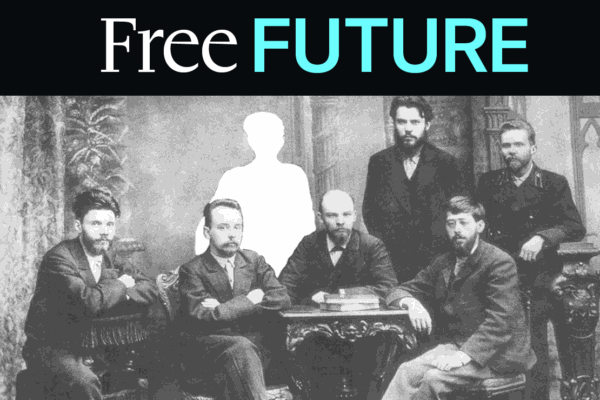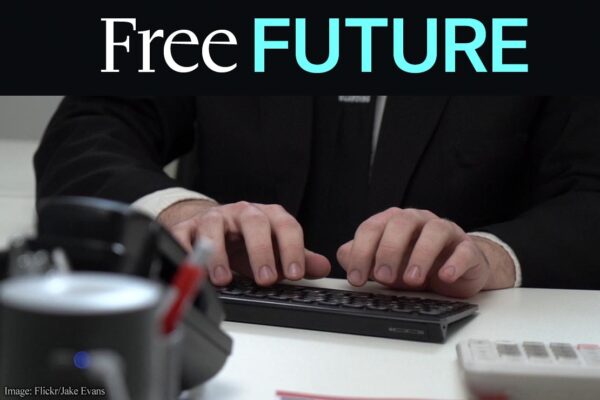Amazon, Google, and Microsoft Are at Odds on the Dangers of Face Recognition. One of Them Is on the Right Path.


This was originally published by USA Today.
A top Google executive recently sent a shot across the bow of its competitors regarding face surveillance. Kent Walker, the company's general counsel and senior vice president of global affairs, made it clear that Google — unlike Amazon and Microsoft — will not sell a face recognition product until the technology's potential for abuse is addressed.
Face recognition, powered by artificial intelligence, could allow the government to supercharge surveillance by automating identification and tracking. Authorities could use it to track protesters, target vulnerable communities (such as immigrants), and create digital policing in communities of color that are already subject to pervasive police monitoring.
So how are the world's biggest technology companies responding to this serious threat to privacy, safety and civil rights? Google at least appears to be taking the risks seriously with its recent announcement. Microsoft, unfortunately, is just talking the talk. And Amazon is completely running amok.
All three companies need to take responsibility for uses of their technology. Now, a nationwide coalition of civil rights organizations have demanded that they not sellface surveillance to the government.
Last spring, the ACLU exposed how Amazon is aggressively trying to sell its face surveillance product — Rekognition — to government agencies. The company's marketing materials read like a user manual for the type of authoritarian surveillance you can currently see in China.
Amazon encourages governments to use its technology to track "persons of interest" and monitor public spaces, comparing everyone to databases with tens of millions of faces. Amazon even suggested pairing face recognition with police body cameras, a move that would transform devices meant for police accountability into roving mass-surveillance devices.
The dangers couldn't be clearer. In an eye-opening test, Amazon’s Rekognition falsely matched 28 members of Congress against a mugshot database. Tellingly, congressional members of color were disproportionately misidentified, including civil rights leader Rep. John Lewis, D-Ga. And that test wasn’t based on a hypothetical: Law enforcement has already been using Rekognition to match pictures against arrest-photo databases.
Following these revelations, federal lawmakers spoke up about the risks of face surveillance, and civil rights groups, company shareholders, and hundreds of Amazon employees have called on Amazon to stop selling the technology to governments. But instead of heeding these concerns and taking their product off the table for governments, the company is trying to sell Rekognition to Immigration and Customs Enforcement and the FBI.
Amazon's statements and actions provide a stark contrast with Google's approach. While Amazon CEO Jeff Bezos acknowledged his company's products might be put to "bad uses," he said the solution was to wait for society's eventual "immune response" to take care of the problems. This is a shocking abdication of responsibility, not to mention a convenient blindness to the "response" that Rekognition has already engendered.
Google, on the other hand, has charted a distinctly different course with technologies based on artificial intelligence, with CEO Sundar Pichai urging his industry to realize that "it just can't build it and then fix it."
So where is Microsoft in all this? The company has explicitly recognized the dangers of face surveillance in its statements, but its proposed solutions doesn't add up.
In a blog post, Microsoft President Brad Smith correctly identifies the threats the technology poses to privacy, free speech and other human rights, observing that today's technology makes a surveillance state possible.
But then, after outlining those grave threats to democracy, Smith proposes relying on inadequate safeguards that have failed in the past with technologies far less dangerous than face surveillance. He expresses excessive faith in notifying people of face surveillance systems — but what good is that in a world where face recognition is so widespread that nobody can opt out?
History has taught us that given the opportunity, governments will exploit new surveillance technologies, especially to target communities of color, religious minorities and immigrants. With face surveillance, we are at a crossroads. The choices made now will determine whether the next generation will have to fear being tracked by the government for attending a protest or going to their place of worship — or simply living their lives.
That's why so many people have been sounding the alarm. Microsoft has heard it, but seems to be in denial. Amazon needs to get its fingers out of its ears and start really listening. Google has heard it and is on the right track — the rest of the industry should follow its lead.



